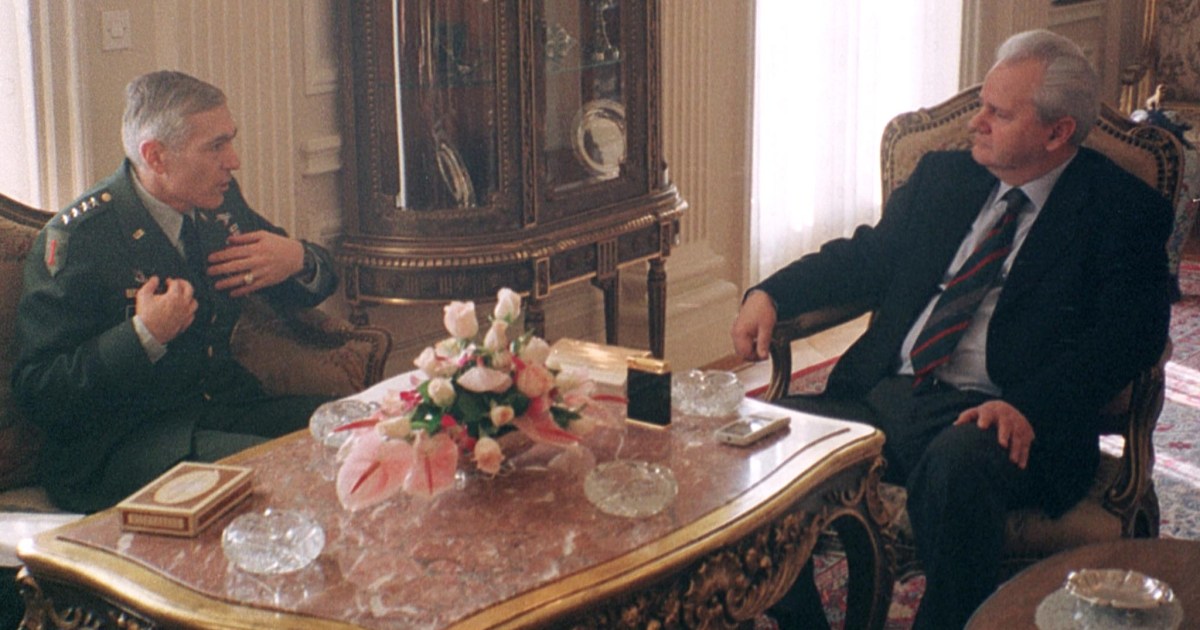
The United States has a deterrence problem. Precisely what that problem is, however, depends upon whom you ask. The answer for some is that Washington suffers from an overall lack of credibility, caused by a recent past in which red lines in Syria were “written in disappearing ink” and threats of reprisal for Russian President Vladimir Putin’s aggression in Georgia in 2008 and Ukraine in 2014 were hollow. For others, the issue is Defense Secretary Lloyd Austin’s recent transition to “integrated deterrence” — a concept that elevates the role of non-military levers, such as diplomacy, economic sanctions, and information operations. Because this approach to deterrence mistakenly under-weights the importance of military might, they argue, it failed to protect Ukraine and for the same reason is unlikely to deter China from acting forcibly against Taiwan.
These explanations diverge on the mechanism of U.S. deterrence failure, but they converge on the root cause: inadequacy of a willingness to threaten — and ultimately to use — military force.
Deterrence is a form of coercion, an effort to convince another actor to choose to behave in the way the United States prefers by manipulating expectations of the costs to be borne and the benefits to be won. This requires knowledge, or as close to it as possible, of how that actor defines gain and loss, and identifying ways to work on those sensibilities. The possibility that the U.S. military could be brought to bear if the other actor makes the wrong choice can be quite persuasive. But all too often, calling a potential adversary’s attention to the fact of U.S. military superiority — generally, or in specific circumstances — is conflated with a strategy for coercive success.
The deterrence problem the United States actually has, that is, is the tendency to treat deterrence as though it were a capability and not a strategy. When the relative U.S. advantage in material capabilities doesn’t then translate into the target’s forbearance, commentary tends to overlook the possibility of misalignment between U.S. strategy and the target’s perceptions, values, and goals, and proceeds directly to indict policymakers for being inadequately forceful or to absolve them by making claims about the target’s irrationality.
We’ve seen this film before
Two prominent lines of coercive effort in the 1990s are illustrative. In the aftermath of the 1991 Gulf War, the United States endeavored, over years, at turns to deter and to compel Saddam Hussein not to murder civilians and to comply with inspections designed to ensure destruction of his cache of weapons of mass destruction (WMD). Similarly, in Serb-dominated rump Yugoslavia in the late 1990s, the North Atlantic Treaty Organization sought to deter and to compel change in the behavior of President Slobodan Milošević, who was leading a brutal campaign of violence against ethnic Albanians in the province of Kosovo.
In both cases, the United States and its allies first threatened to use — and then did use — ample force. Hussein was subject to cruise missile strikes that started in 1993 and continued until 1998, when in Operation Desert Fox the U.S. finally attacked a set of targets related to regime protection and control – including 18 command and control facilities, nine Republican Guard barracks, six airfields, and other sites related to internal security – thereby putting at risk Saddam’s hold over the country.
Milošević was similarly unmoved by NATO’s early bombing campaign over Kosovo — the alliance’s first large-scale combat operation — which was restricted to military targets and thus also did not threaten his hold on power. These airstrikes were extended from the expected matter of days to a matter of months without success. It was only (although not exclusively) when NATO shifted from targeting Yugoslav forces to targeting infrastructure in and around Belgrade that was important to the Serb elite, the support of which Milošević needed to retain power, that he agreed to withdraw from Kosovo.
The course of events in Iraq, expert Kenneth M. Pollack argues, also does not support claims that Hussein was incoercible. Pollack contends that although Hussein suffered at least from denial and possibly from delusion, he was not irrational — he did have a prioritized order of interests and he behaved in ways consistent with that ordering. It seems similarly clear that in the Balkans, U.S. and allied policymakers underestimated the extent of Milošević’s nationalism and overestimated the extent to which general threats and even demonstrations of military power would persuade him to accede to their demands.
The implication is that misperception of the target actor’s motives and incentive structures impeded effective manipulation of their cost-benefit calculations. Because the coercing coalitions did not target Hussein’s and Milošević’s motivating interests — interests that, for both, were serious and strongly-held — the costs of defiance were tolerably low, prolonging the coercive exchange until in one case (Yugoslavia) the balance of costs was shifted, and in the other (Iraq) the U.S. opted several years later for a larger-scale war carried through to regime change.
Both cases also highlight that the perceptions of the target actor are an important mediator of coercive signals. Hussein and Milošević each arrived early at a view of the U.S. and NATO strategic positions, respectively, and these pre-existing schemas affected how they understood coercive activities throughout the subsequent campaigns. Hussein believed the United States wasn’t interested in another war with Iraq. He was right about that, for a decade, until in 2003 he was wrong. Milošević, too, started with the conviction that NATO was not unified in its commitment to prevent Serb domination of Kosovo — despite his attempt to achieve it through the mass murder of Kosovar Albanians — and persisted in this belief until a critical mass of evidence finally was able to convince him otherwise.
Dismissing consideration of how military activity interacts with target characteristics makes it all too easy to explain success or failure by reference to the quantity of force used and when, rather than to how it was used and why. In both of these cases, however, the United States promised and delivered firepower on multiple occasions and, despite their knowledge of how much the U.S. still was holding in reserve, neither leader relented. The historical counterfactual worth considering, then, is if the United States had better understood Hussein’s and Milošević’s perceptions, and better targeted their incentive structures — the values and goals that motivated them — whether less force ultimately could have been applied overall, if not avoiding U.S.-applied violence entirely then at least foreshortening its use and reducing loss of life.
Doing better next time
Much of the commentary surrounding the West’s effort to deter Russian President Vladimir Putin from invading Ukraine has followed this pattern. Analysts have concluded that he had a fixed belief about U.S. disinterest as a result of its milquetoast response to his seizure of Crimea in 2014, that he thought NATO’s bonds were brittle and would break if pressed, and that the populations of Europe would be disinclined to tolerate the hardships of forgoing Russian gas and oil. Some have questioned his mental and physical health, while others have criticized the Biden administration for taking the military option off the table from the outset. It may be that the threat of force would have been more effective and, too, it is possible that Putin simply wasn’t deterrable. Those conclusions, however, shouldn’t be drawn without first scrutinizing the West’s strategy to assess the extent that it did, or did not, account for or seek to change Putin’s perceptions, and to act upon his values and interests.
The best questions being asked today about how to deter China from acting forcibly against Taiwan similarly have less to do with the cross-Strait military balance and more to do with who Xi Jinping is, what motivates him, and what constrains him. To be clear, the suggestion is not that the United States should pursue a deterrent strategy that threatens the Xi regime. The point, rather, is that deep familiarity with that regime’s values, interests, and perceptions increases the likelihood that a strategy of deterrence will succeed and decreases the likelihood that it will produce unintended effects — including escalation. Acquiring such familiarity is not easily done, to be sure, even for highly capable intelligence agencies. It is this very truism that in fact should engender wariness when claims are made that only demonstrations of military might will deter Beijing. This may be a comfortable operating assumption for the United States, but it is only an assumption — one that has been demonstrably wrong in the past and that today runs a non-trivial risk of confusing what persuades with what provokes.


